Moldovan Food Dishes: Basic Overview
Common Ingredients
Common Cooking Methods
Courses
Meals
Key Taste
Eating Etiquette
Meal Presentation
Culinary Festivals
Influence and Fusion
Popular Types of Moldovan Dishes
-
Cakes and pastries
In Moldova, this category includes a variety of baked goods that range from sweet, layered cakes filled with cream or fruit, to savory pastries often filled with cheese or potatoes.
-
Fried dishes
Moldovan cuisine features fried dishes that highlight the rich, savory flavors of meats and vegetables, often coated in breadcrumbs or batter for a crispy exterior.
This cooking method is popular for both main courses and appetizers, showcasing the country’s love for hearty, comforting foods.
-
Soups
Soups in Moldova are typically hearty and flavorful, made with a base of meat or vegetables, and often enriched with noodles or dumplings.
They serve as a staple in Moldovan meals.
-
Desserts
Moldovan desserts are diverse, featuring sweet treats that range from creamy, layered cakes to fried doughnuts and pastries filled with jam or cheese.
These desserts often incorporate local fruits and dairy products.
Moldovan dishes are specialties that combine Romanian traditions with influences coming from Greek specialties , Polish specialties, Ukrainian culinary creations, and Russian fares. These culinary creations include meats, potatoes, cabbage, and cereal grains.
Also, vegetables play a significant role, appearing in salads, sauces, or as pickled (murături). On traditional holiday occasions, fare includes stuffed cabbage rolls (sarmale) and various baked goods.
Moldova’s fertile lands also contribute to its renowned wine production, including the famous sparkling wines from Cricova. This rich culinary tradition showcases Moldova’s agricultural bounty and cultural intersections.
20 Popular Moldovan Dishes
Let’s jump into the specialties of Moldova by making full use of the filter system to see these dishes in alphabetical order, ingredients, dish types, cooking methods, taste, and global popularity.
To add to that, discover some most popular, traditional, and national specialties of Moldova:
Salată de Boeuf
- Traditional
Salată de boeuf was inspired by a Russian delicacy called salat Olivje or Olivier salad. This traditional beef salad is a combination of root vegetables with finely diced beef and mayonnaise.
The salad is frequently served on important occasions such as Easter or Christmas. The term boeuf means beef, the main ingredient of the dish.
However, you can replace it with poultry meat like chicken or turkey.
For serving, the tanginess from the pickled veggies makes it the perfect dish to serve alongside fried meats.
Răcitură
- Traditional
Răcitură is a traditional cold jelly dish from Moldova and Romania, consisting of boiled meat and vegetables encased in a gelatinous broth.
Commonly made with pig’s trotter, turkey, or chicken and infused with garlic, it is traditionally served during Epiphany, a significant Christian feast day.
Tochitură
- Traditional
Tochitură is a dish of Moldova that involves slow-cooking meat in fat”. This traditional stew calls for cooking small pork cubes over low heat in their own fat, making them more tender and flavorful.
People often pair it with mămăligă (maize flour polenta), sunny-side-up eggs, cheese, and perhaps a glass of wine. You can also choose whatever kinds of meat like beef, chicken, or lamb.
Zeamă
- Traditional
Zeamă is a Moldovan creation of chicken soup, usually used as a hangover remedy. Eaten at any time of the day, it is most commonly served at lunch with some cornbread or sour cream.
In terms of ingredients, this sour and savory chicken soup has onions, sweet peppers, and various veggies and herbs. Some even add thin egg noodles to it.
The sourness comes from borș acru (fermented wheat bran juice). But since this ingredient is relatively inaccessible, people sometimes use sauerkraut juice or lemon juice instead.
Pârjoale
- Traditional
Pârjoale is a meatball of Moldova created using minced pork and beef (occasionally lamb or chicken). The meat will be mixed with eggs, soaked bread slices, potatoes, and chopped onions.
Once coated in breadcrumbs, people will fry pârjoale. In Moldova, the locals usually eat them with whole-grain mustard on a slice of rye bread.
Chiftele
- Traditional
Chiftele are deep-fried meatballs, boasting a flat and round shape. These flavorful meatballs are often paired with mashed potatoes, creating a dish called chiftele cu piure (meatballs with mashed potatoes).
Additionally, chiftele and pilaf mixed rice is also an excellent food combo. Alternatively, the rice is sometimes mixed directly into the meatballs to create perişoare used in a sour soup.
Pește Prăjit
- Traditional
Pește prăjit is a deep-fried fish dish that is probably one of Moldovan cuisine’s most delectable seafood dishes.
Any fish type is fit for making pește prăjit. However, the locals often go for Crucian carp, a nutrient-rich river fish.
The fried fish dish tastes best when paired with mămăliga and mujdei (traditional garlic, vinegar, and oil sauce).
Mămăligă
- National
- Traditional
Mămăligă is a traditional porridge of Moldova and Romania made by peasants in the olden days as a way to keep their families fed.
Often comes in blocks, mămăligă is all about cooking cornmeal with a bit of water in a round-bottomed kettle. It’s then cut into smaller pieces by a string and acts as a bread substitute for those who couldn’t afford it.
Nowadays, mămăligă is enjoyed with butter, sour cream, cheese, or even meat. Cornmeal is still an essential ingredient since it gives the dish the signature bright yellow color.
Sarmale
- Traditional
Sarmale is a popular cabbage-rolled dish made by wrapping minced meat, rice, and herbs in a cabbage leaf. These rolls will then be cooked in tomato sauce and topped with a bit of sour cream.
The dish is an irreplaceable part of the everyday life of the Moldovan people, ideal for serving with mămăligă. Sarmale even makes its appearance during major parties and celebrations in this nation.
Ardei Umpluți
- Traditional
Ardei umpluți is a well-loved dish by the Moldovans made by stuffing bell pepper with a mixture of rice, vegetables, and meat for serving with sour cream.
With another name of chiperi umpluți, the dish is translated as filled or stuffed peppers. Aside from bell pepper, this stuffed dish is easily customizable by swapping the types of veggies and fillings.
Borscht
- Traditional
Borscht is the famous Moldovan beetroot soup that holds an important place in other Eastern European countries. Plus, the soup is even considered a staple home-cooked specialty in the country.
Different from other countries’ beetroot soup, the Moldovan version comes with wheat bran called broș for a tangy and sour touch to the broth. For serving, borscht still goes with sour cream to adjust the flavor profile.
Sfințișori/Mucenici
- Traditional
Sfințișori, also known as mucenici moldovenești (Moldavian martyrs), is a dessert pastry topped with honey and almonds. This sweet creation offers a crispy and sticky exterior and a light and fluffy interior.
The remarkable thing about Sfințișori is that it’s shaped like an eight, referring to March 8th, the day before the Christian feast of the 40 Martyrs. During this traditional holiday, people often bake 40 pieces of bread and enjoy them with added honey and walnuts.
Plăcinte
- Street Food
- Traditional
Plăcinte is a Moldovan dessert, often enjoyed as a breakfast item for many locals. In fact, plăcinte is so popular that you can easily find them at every restaurant or bakery across the country.
The sweet fillings of this dessert consist of pumpkin, apple, cheese (urdă), and cherry, while the savory adaptation features cottage cheese, potatoes, or cabbage. Ideally, these pastries come in a round or square shape.
Smetannik
- Traditional
Smetannik is a sweet cake in Moldova that has an origin in Russia. The delicate and luscious multi-layer cake is filled with sour cream and topped with tangy white icing.
Commonly, locals sweeten the cake with sour cream and flavor it with vanilla.
The locals love to enjoy this treat during birthdays and wedding parties.
Cușma lui Guguță’
Cușma lui guguță’ is a dish from Moldova consisting of multiple layered crepes to form the shape of the cap of Guguță, a famous folktale character in the country.
Besides the fascinating backstory, this dessert boasts layers of sour cherries and whipping cream for a perfect balance between sweet and sour. Finally, the dark chocolate flakes sprinkled on top also add a nice touch.
Colac
- Traditional
Colac is a traditional braided bread from Moldova and Romania, specially prepared for holidays and significant occasions. The term “colac” derives from Slavic languages, meaning “circle” or “wheel,” which reflects the bread’s circular shape.
In Moldova, colac includes a wide range of braided bread, ranging from plain to savory or sweet options. For the sweet bread, colac usually features nuts and fruits over the bread surface.
Cozonac
- Traditional
Cozonac is a bread traditionally made for Easter and other significant festivals in Moldova and Romania. This Easter bread varies differently depending on the region.
While the Moldavians like to add lemon zest to the dough, the people from other countries opt for raisins, shredded orange, or hazelnuts. This citrus-scented sweet dough is wrapped around a nutty filling and baked into a spiral form.
Besides Easter, cozonac is also the go-to dish for major holidays like Christmas, Good Friday, and New Year’s Eve.
Pască
- Traditional
Pască is a bread popular in Moldova made with the same dough as cozonac, but it has sweet cheese and raisins filled within. Therefore, pască’s flavor is like a cross between a cheesecake and a panettone, with a soft exterior and a creamy interior.
The is also a staple of Moldovan Easter celebrations. The swirl of yellow and white inside the bread is associated with Christian symbolism, with the yellow swirl representing Jesus’s resurrection, while the white represents the Holy Spirit.
Papanași
- Traditional
Papanași is a dessert that means “meal for youngsters” in Moldova with cheesy donuts topped with sour cream, cottage cheese, and jam all match so well with the crunchy texture of the dough balls.
In Moldova and Romania, the locals usually pair these donuts with fruity jam, the most popular one being currant or blueberry jam. Aside from the fried version, boiled papanași is another way to enjoy this treat.
Cornulețe
- Traditional
Cornulețe is another traditional Moldovan sweet treat, coming in a crescent shape loaded with jam, Turkish delight, chocolate, or walnuts. These pastries are often made during the Christmas season as well as other special events.
But these delights are also available at the local bakeries year-round, so be sure to grab some when you can.
What Moldovan Dishes to Pair with Drinks?
To pair Moldovan dishes with drinks, here are some pairing suggestions to brighten up your meal:
Also, do you have any further questions about Moldovan foods and cuisine? Let me know in the comment section below. Thank you for reading and make sure to share these specialties of Moldova with others.



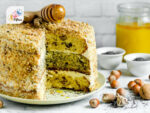
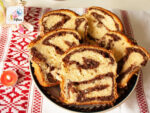
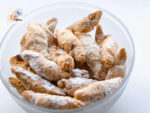

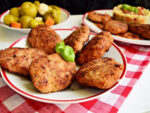
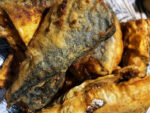
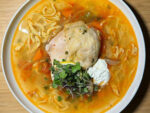
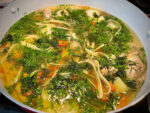
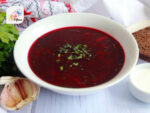

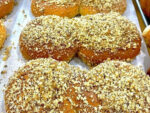

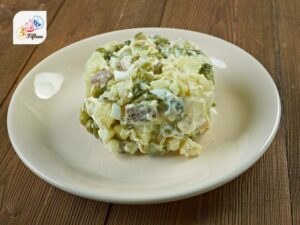
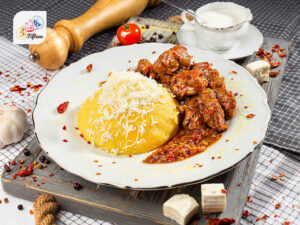
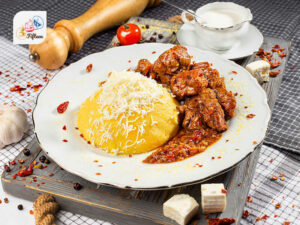
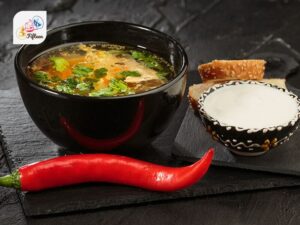
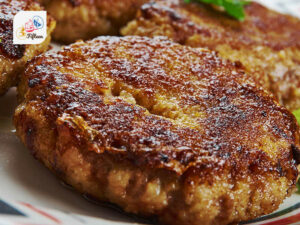
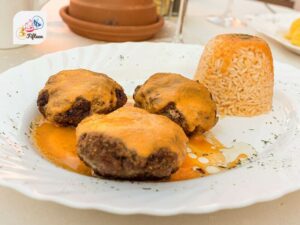
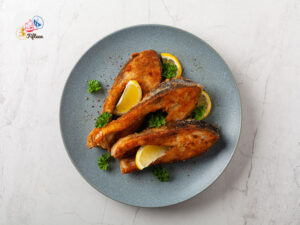
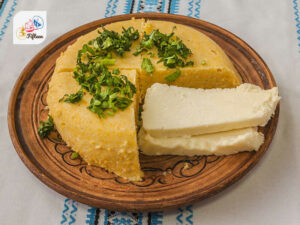
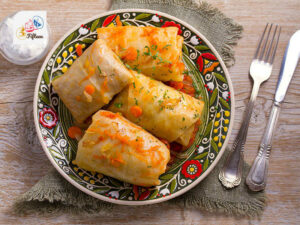
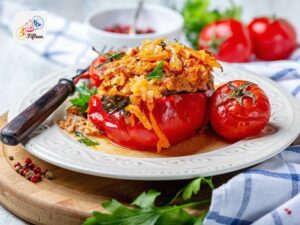
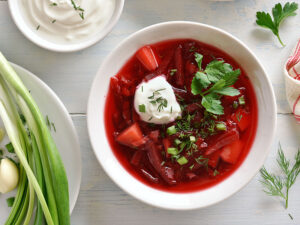
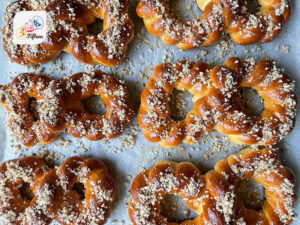
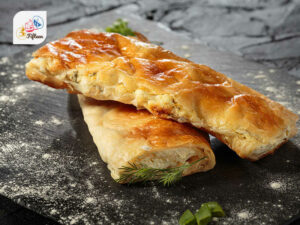

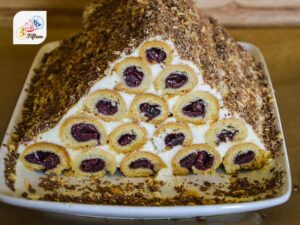

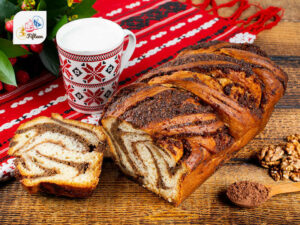
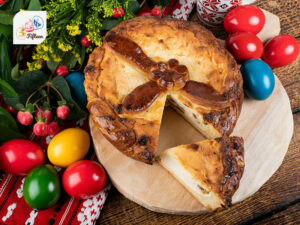

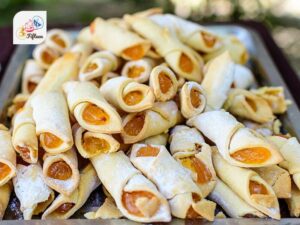
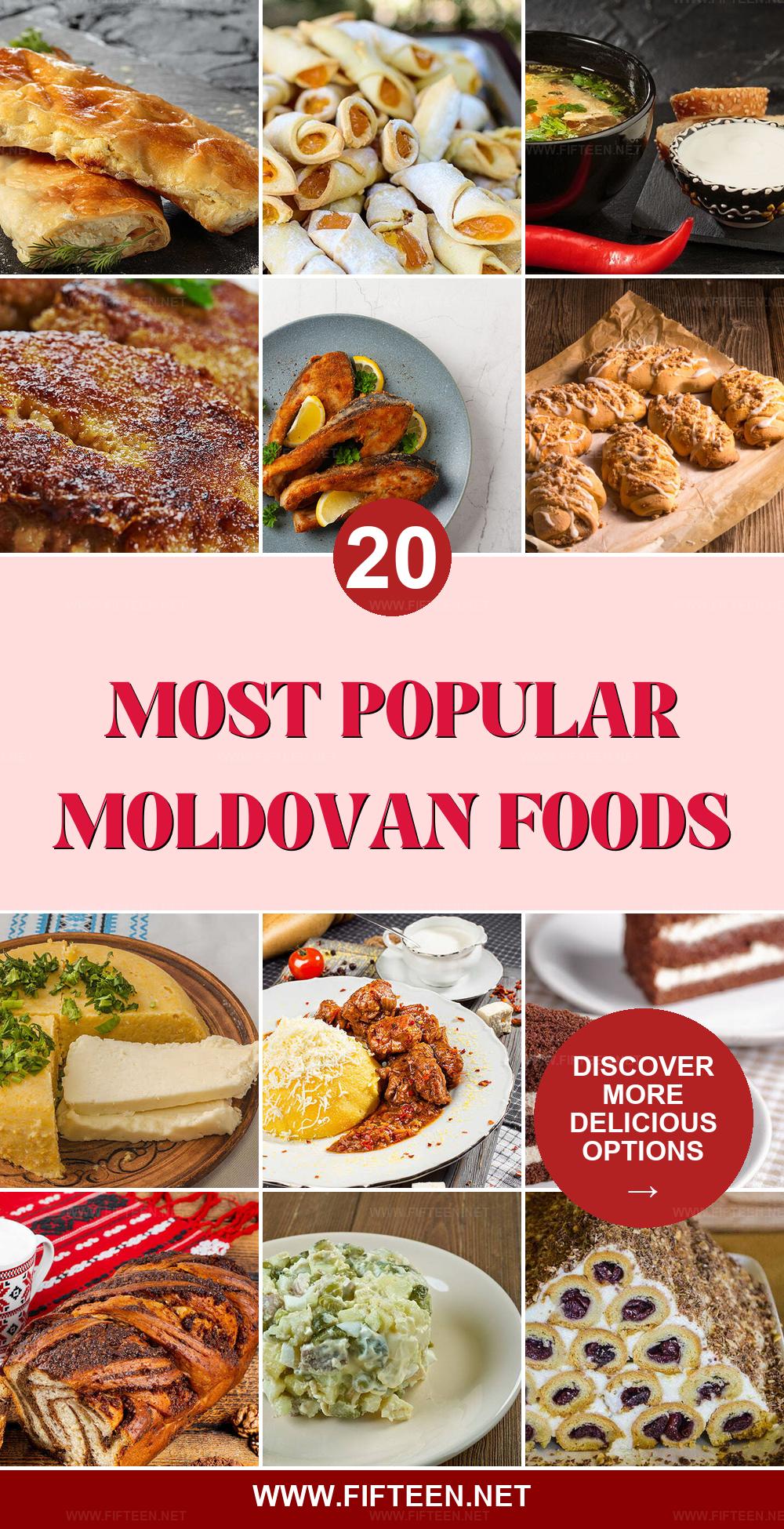
Jamie Scott
Editor in Chief, Senior Content Writer
Expertise
Home Cooking, Meal Planning, Recipe Development, Baking and Pastry, Food Editor, Cooking-video Maker, Western Food Evaluation Expert
Education
Le Cordon Bleu College of Culinary Arts
Local Community College, New York, NY
Jamie Scott is a skilled culinary expert and content creator specializing in Western cuisine. With over 15 years in the culinary field and formal training from Le Cordon Bleu, Paris, Jamie deeply understands how to blend nutrition with delicious flavors. His passion for cooking matches his commitment to making healthy eating accessible and enjoyable.
On Fifteen.net, Jamie brings a fresh perspective to classic dishes and beverages, offering readers insightful recipes, cooking tips, and a fresh view on meal planning that emphasizes taste, health, and simplicity.